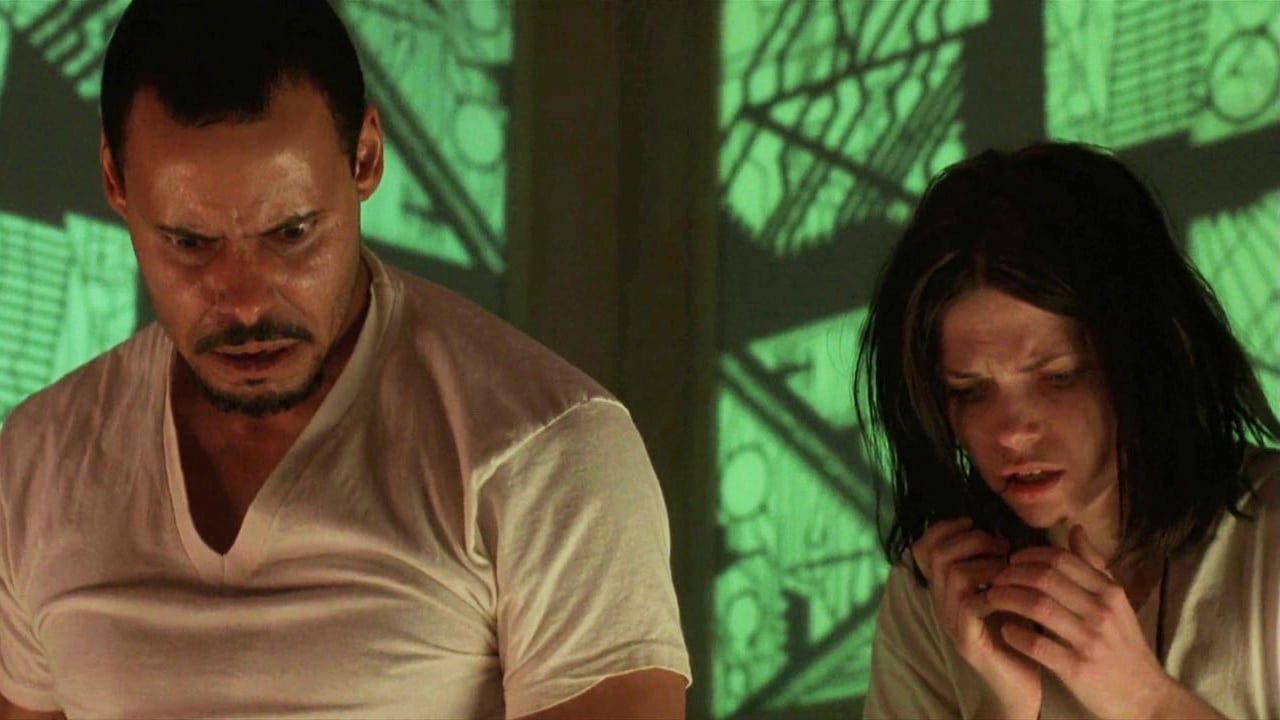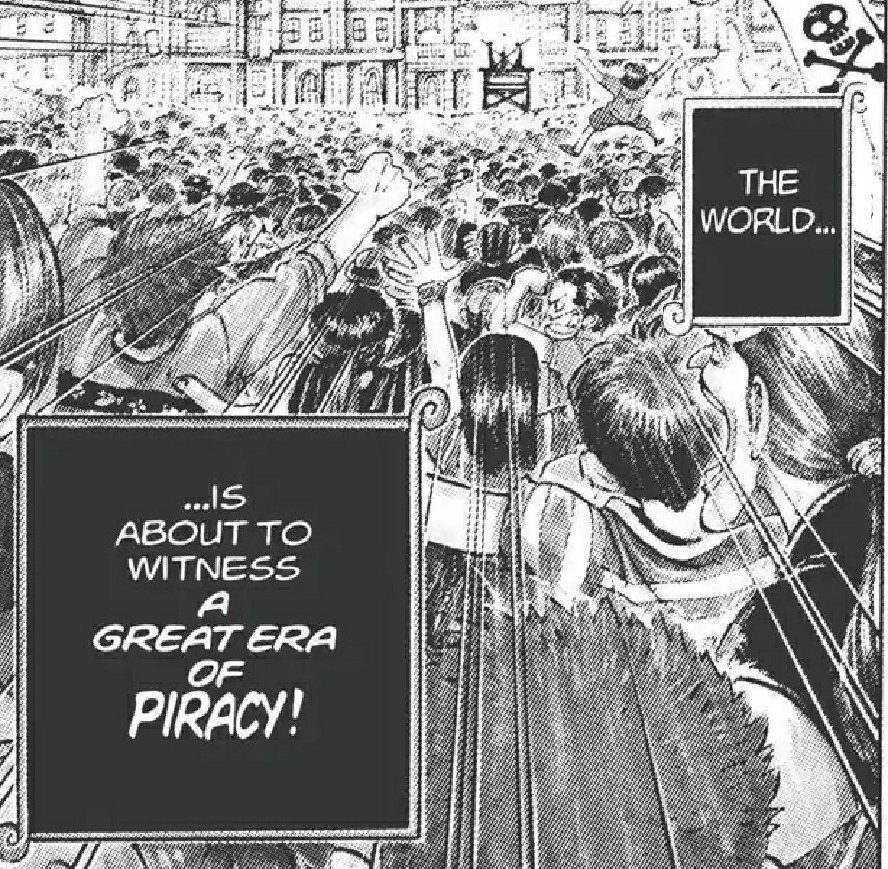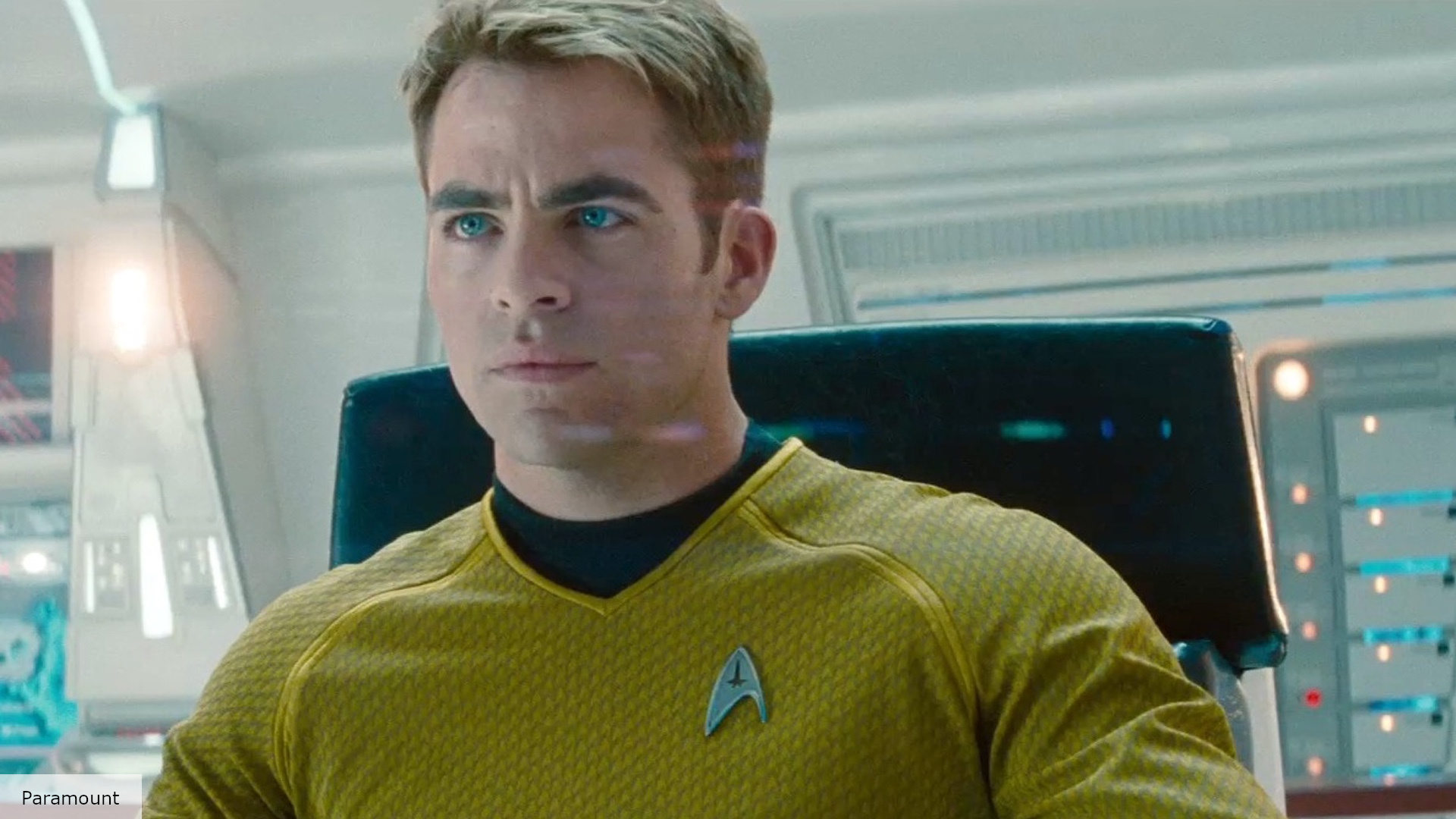“You think we matter? We don’t.”
The conceit behind Cube is so surface-level goofy that if the viewer were given too much setup, the film would fall apart almost immediately, leaving nothing behind but the rubble of logistical and financial problems. So it’s to the film’s credit that it starts right away. There is no downtime in this thing. Although it meanders a bit at times, Cube, for the most part, is lean and mean. While it’s not the gory thriller the first twenty or so minutes promise, it’s headier than it wants you to think it is. Like I Know What You Did Last Summer, Cube has a lot on its mind.
There are five of them trapped in the cube: Quentin, Holloway, Worth, Rennes, and Leaven. They wake up disoriented and unaware of where they are – or how, or why. But the viewer knows. In the cold open we saw another prisoner named Alderson get sliced into pieces by wires, one of the cube’s many traps (it’s more of a tesseract, but let’s not split hairs). They quickly deduce that they’re trapped – to wit, every character is named after a famous prison – and they won’t escape by standing still.

Rennes figures out that the traps are motion-sensitive, and he devises a method of throwing boots to determine if a room is trapped. It sounds silly, but it works, at least until Rennes gets a faceful of acid. I admire Cube for killing off its most capable character so quickly – and so brutally (no matter how many horror films you watch, seeing a man’s face melt is never pleasant). It’s a shame, though, because with Rennes’ death, the movie also loses Wayne Robson, by far the best actor in the cast. The performances are a huge issue in Cube, ranging from bland to wildly over the top. (The less said of Andrew Miller’s performance as Kazan, the mentally challenged man who literally falls into the group, the better. It has not aged well.)
Once the group figures out how to determine if a room is trapped (it involves a lot of math), the movie becomes pretty predictable. One wishes for more elaborate puzzle-solving, but that’s why we have Escape Room, which is a Cube remake in all but name. If there were more of that going around, the movie wouldn’t flail in its second act, which becomes evident in the way the script treats the characters. Cube hints at a romance – or at least an attraction – between Quentin and Leaven, but no one seems to have told the actors. Holloway is both a medical doctor and a fervent conspiracy theorist; it seems like the rationale and logic required for one would keep her from becoming the other.
The most interesting connection is between Leaven and Worth, who after some questioning reveals that he designed the shell of the cube, but not its innards. Nicole de Boer and David Hewlett are fine, if unremarkable, in the roles, but the sheer competence of the characters make them the most watchable. That, and they avoid hamming it up like their castmates. I can say without hyperbole that some of the acting choices made by Nicky Guadagni (Holloway) and Maurice Dean Wint (Quentin) are downright embarrassing. Cube needs Quentin to make a heel turn, but can’t figure out how to do it organically, so it just…happens. It’s more or less what happens to Sam Neill in Event Horizon, but less compelling, because Neill is a better actor, and Event Horizon a better film.
But in the midst of all this is a genuinely interesting debate that gets to the core of the film. Stripped down, Cube is about the difference between nihilism and meaning, cynicism and purpose. Worth reveals that he designed the shell, and has known for months that people are being sent to it. But the money is too good. That’s why things happen in the world the way they do: the money is good. Somehow, this explanation doesn’t make Worth into an irredeemable villain. Hewlett delivers his line with a resigned matter-of-factness, and in doing so, paints Worth as just a cog in a machine, like the rest of them. The group keeps coming back to why, who, and how, but it doesn’t matter. “Why put people in it?” Quentin demands. Worth responds: “Because it’s here. You have to use it, or admit that it’s pointless.” I found this part the most fascinating, because the film doesn’t seem to come down on either side of the issue. There are some Kafkaesque elements at play, and at times Cube is like a cyperpunk version of No Exit, with its “Hell is other people” themes. Beyond that, there’s an anarchist vein to the movie, in its extreme look at what it’s like to be under the boot of entrenched power. They’re in the cube because someone has to be in the cube, otherwise there’s no reason for the cube. But the cube is here, so there must be a reason.

If only the rest of the film were that interesting. It’s not a complete disaster; visually, it’s terrific, with its differently colored suites. (The CGI hasn’t aged well, but that’s not the movie’s fault.) It would have been nice if director Vincenzo Natali (who also helmed previous entry Splice) were given a bigger gore budget, because he’s more than adept at portraying it. Natali was a regular director of Hannibal, and knows how to stage a tableau. At its best, Cube seems like a Stephen King story from the 1970s or ’80s; at its worst, it is a generic, poorly-acted slasher film, especially once Quentin goes off the deep end.
To be fair, there is a reason for this, and in a longer film (and with a better actor), this could have been compelling. Quentin starts to see everyone but Leaven as traps to be overcome. He puts Worth in dangerous situations over and over, and he lets Holloway fall to her death. Quentin’s transformation into the film’s villain takes about as long as it takes to read this sentence. Again, the idea behind it isn’t bad, but it takes a better actor than Wint to sell this quick of a turn.
Cube is a mixed bag, unsure of what movie it wants to be. When it works (which it does with the first few kills, or the above-mentioned argument), it’s creepy and compelling (and icky) in equal measure. When it doesn’t, all you can do is mourn the film it could have been.
10/1: Hellraiser / The Invitation
10/2: Splice / Banshee Chapter
10/3: Jennifer’s Body / Raw
10/4: Dominion: Prequel to The Exorcist / Book of Shadows: Blair Witch 2
10/5: Kill List / A Field in England
10/6: Halloween II / Halloween III: Season of the Witch
10/7: A Nightmare on Elm Street 2: Freddy’s Revenge / A Nightmare on Elm Street 3: Dream Warriors
10/8: Ginger Snaps / Creep
10/9: Cube / Creep 2
10/10: The Texas Chainsaw Massacre (2003) / The Ritual
10/11: Hell House LLC / The Taking of Deborah Logan
10/12: Re-Animator / From Beyond
10/13: Beetlejuice / Sleepy Hollow
10/14: Idle Hands / The Lords of Salem
10/15: The Ring / Noroi: The Curse
10/16: I Know What You Did Last Summer / The Monster
10/17: Night of the Living Dead / Train to Busan
10/18: The Devil’s Backbone / Southbound
10/19: Event Horizon / Dreamcatcher
10/20: The Cabinet of Dr. Caligari / The Bad Seed
10/21: Eyes Without a Face / Goodnight Mommy
10/22: The Strangers / The Strangers: Prey at Night
10/23: In the Mouth of Madness / The Void
10/24: The Amityville Horror / Honeymoon
10/25: Gerald’s Game / Emelie
10/26: The Monster Squad / Behind the Mask: The Rise of Leslie Vernon
10/27: Veronica / Jacob’s Ladder
10/28: High Tension / You’re Next
10/29: The Innkeepers / Bug
10/30: The People Under the Stairs / Vampires
10/31: Saw / Saw II




